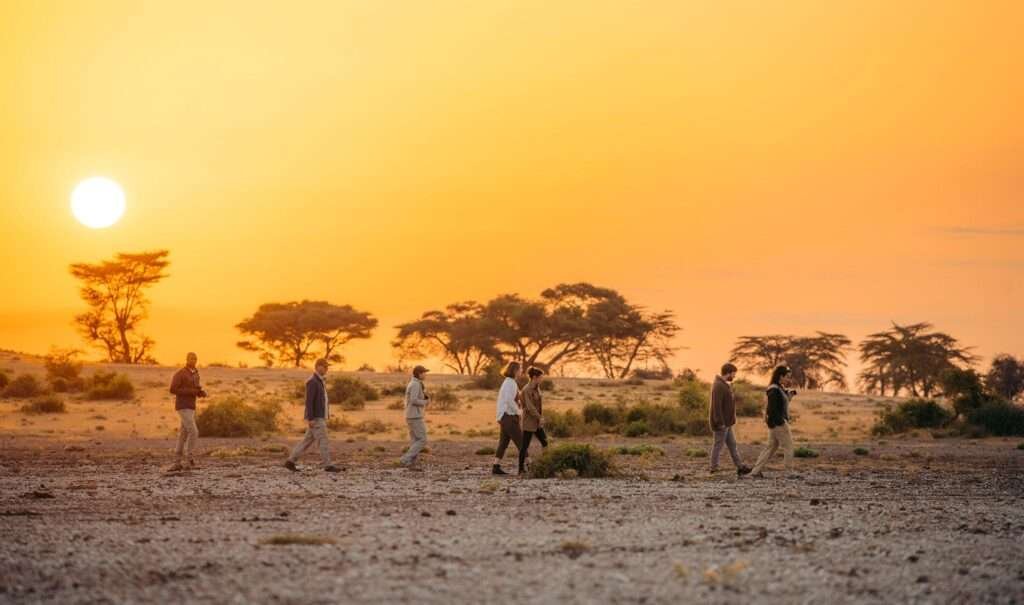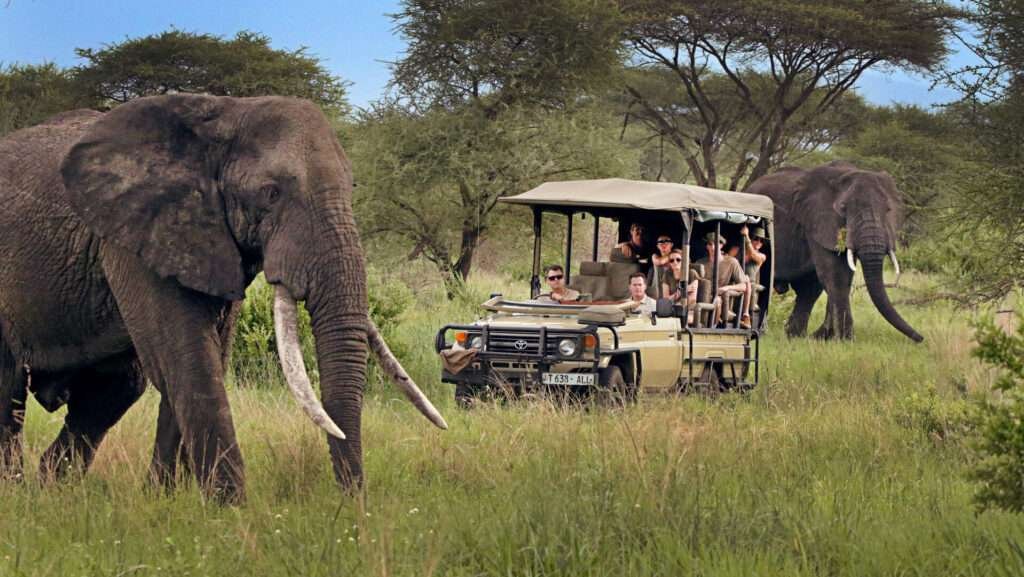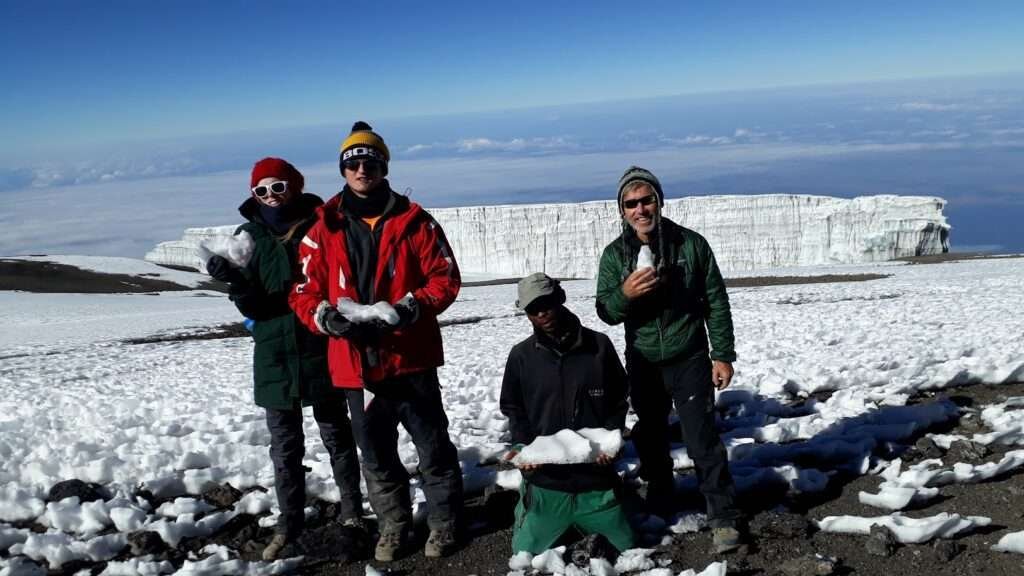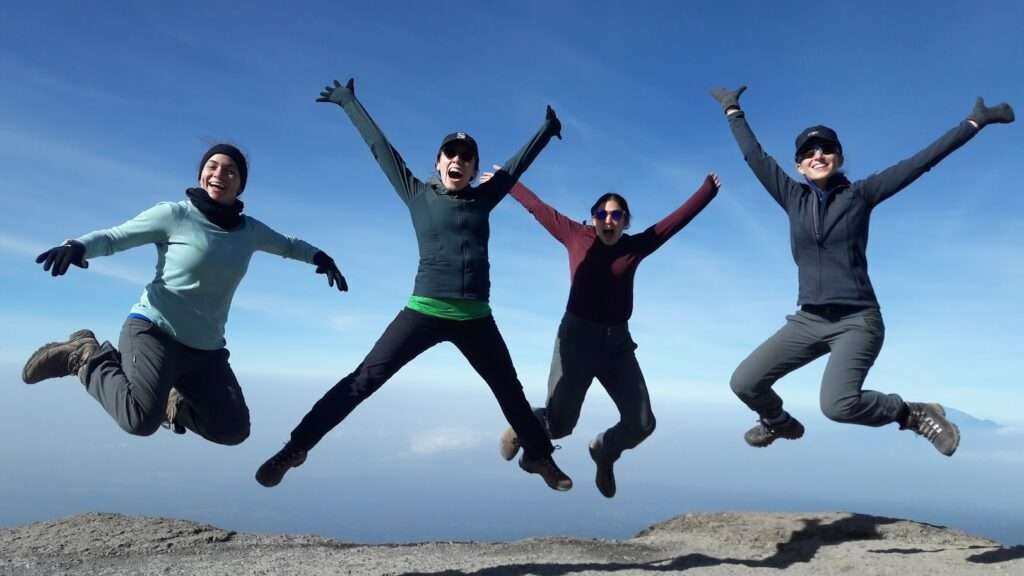Mount Kilimanjaro, Africa’s highest peak, is a dream destination for many adventurers. Standing at 5,895 meters (19,341 feet), this majestic mountain offers a unique trekking experience that combines challenging trails with breathtaking scenery. In this comprehensive guide, we will provide detailed information on everything you need to know about climbing Mount Kilimanjaro, from the best time to climb to the various routes available.
Best Time to Climb Mount Kilimanjaro
Dry Seasons: Optimal Climbing Windows
The best times to climb Mount Kilimanjaro are during the dry seasons, which occur from late June to October and from late December to February. During these periods, the weather is more predictable, and the trails are less muddy, making for a safer and more enjoyable trekking experience.
Weather Considerations
While the dry seasons are ideal, it’s important to remember that Kilimanjaro’s weather can be unpredictable. Temperatures can vary significantly, and climbers should be prepared for everything from hot, sunny days to cold, windy nights.
Climbing Routes: Choosing the Best Path
Mount Kilimanjaro offers several routes to the summit, each with its own unique characteristics. Here are the most popular routes:
Machame Route
Known as the “Whiskey Route,” the Machame Route is popular for its diverse landscapes and challenging trails. This route typically takes 6-7 days and offers excellent acclimatization opportunities.
Marangu Route
The Marangu Route, also known as the “Coca-Cola Route,” is the only route with hut accommodations, making it a popular choice for those seeking a bit more comfort. It usually takes 5-6 days to complete.
Lemosho Route
The Lemosho Route is known for its scenic beauty and lower traffic. This route is longer, taking about 7-8 days, which allows for better acclimatization and increases the chances of reaching the summit.
Rongai Route
The Rongai Route approaches Kilimanjaro from the north and is less crowded. This route is also relatively dry, making it a good choice during the rainy seasons. It typically takes 6-7 days.
Northern Circuit
The Northern Circuit is the longest route, taking about 8-9 days. It offers a 360-degree tour of the mountain and has the highest summit success rate due to the ample time for acclimatization.
Acclimatization: The Key to Success
Importance of Acclimatization
Acclimatization is crucial for a successful summit attempt. The higher you go, the less oxygen is available, making it harder for your body to function. Proper acclimatization helps your body adjust to the altitude and reduces the risk of altitude sickness.
Strategies for Effective Acclimatization
- Climb High, Sleep Low: This principle involves ascending to higher altitudes during the day and descending to lower altitudes to sleep.
- Take It Slow: Gradual ascent allows your body more time to adapt to the changing altitude.
- Stay Hydrated: Drinking plenty of water helps your body cope with the altitude.
Physical Preparation: Training for the Climb
Cardiovascular Training
Cardiovascular fitness is essential for the climb. Incorporate activities like running, cycling, and swimming into your routine to build endurance.
Strength Training
Focus on strengthening your legs, core, and upper body. Exercises like squats, lunges, and push-ups will prepare your muscles for the demanding trek.
Hiking Practice
Simulate the conditions of Kilimanjaro by hiking on trails with varying terrain and carrying a backpack similar in weight to what you’ll carry on the climb.
Essential Gear and Equipment
Clothing
- Base Layers: Moisture-wicking base layers to keep you dry.
- Insulating Layers: Fleece or down jackets for warmth.
- Outer Layers: Waterproof and windproof jackets and pants.
Footwear
- Hiking Boots: Sturdy, waterproof boots with good ankle support.
- Gaiters: To keep dirt and debris out of your boots.
- Socks: High-quality, moisture-wicking socks.
Accessories
- Headlamp: For early morning summit attempts.
- Trekking Poles: To reduce the strain on your knees.
- Sunglasses: UV-protection for high-altitude sun.
Safety and Health Considerations
Altitude Sickness
- Symptoms: Headache, nausea, dizziness, and fatigue.
- Prevention: Gradual ascent, staying hydrated, and taking altitude sickness medication if necessary.
Hydration and Nutrition
- Hydration: Drink at least 3-4 liters of water per day.
- Nutrition: Consume a balanced diet rich in carbohydrates, proteins, and fats to maintain energy levels.
Emergency Procedures
- First Aid Kit: Carry a comprehensive first aid kit.
- Rescue Services: Be aware of the rescue services available on the mountain and how to access them.





